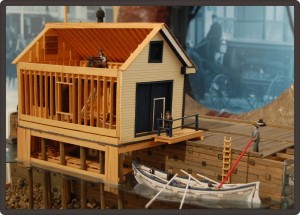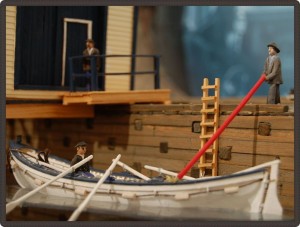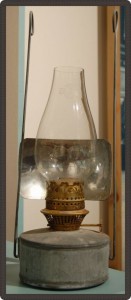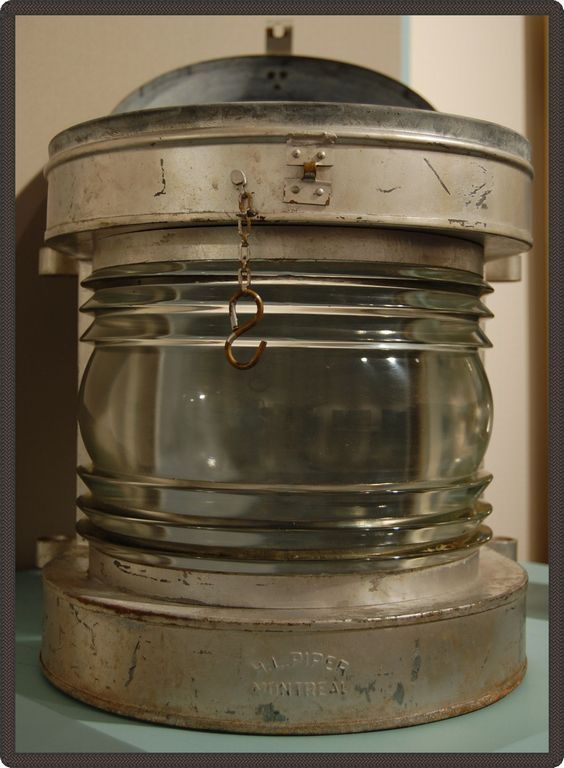The inquest’s recommendations
 Another issue raised by witnesses, specifically shipping company owners, was record keeping. In 1913, record management standards were not as strict as they are today. Crew lists were often incomplete. This is one of the reasons why we don’t know exactly how many sailors perished in the Great Storm. During the inquest, companies were advised to improve their crew list record keeping.
Another issue raised by witnesses, specifically shipping company owners, was record keeping. In 1913, record management standards were not as strict as they are today. Crew lists were often incomplete. This is one of the reasons why we don’t know exactly how many sailors perished in the Great Storm. During the inquest, companies were advised to improve their crew list record keeping.
 At the time, many ships did not have radios on board. A few witnesses said that radios would have been useful, especially for weather reports. After the Great Storm of 1913, radios were installed on all lake freighters.
At the time, many ships did not have radios on board. A few witnesses said that radios would have been useful, especially for weather reports. After the Great Storm of 1913, radios were installed on all lake freighters.
 Another issue raised during the inquest was the storm warning system. Although the warning system indicated the type of wind (i.e., gale, heavy gale,
Another issue raised during the inquest was the storm warning system. Although the warning system indicated the type of wind (i.e., gale, heavy gale,
etc.) and direction, it did not indicate when the storm would hit. This was a problem for freighters, especially near the end of shipping season, when they were under pressure to deliver their last cargoes. Neither captain nor crew were able to know whether storms would hit in two hours or two days.


